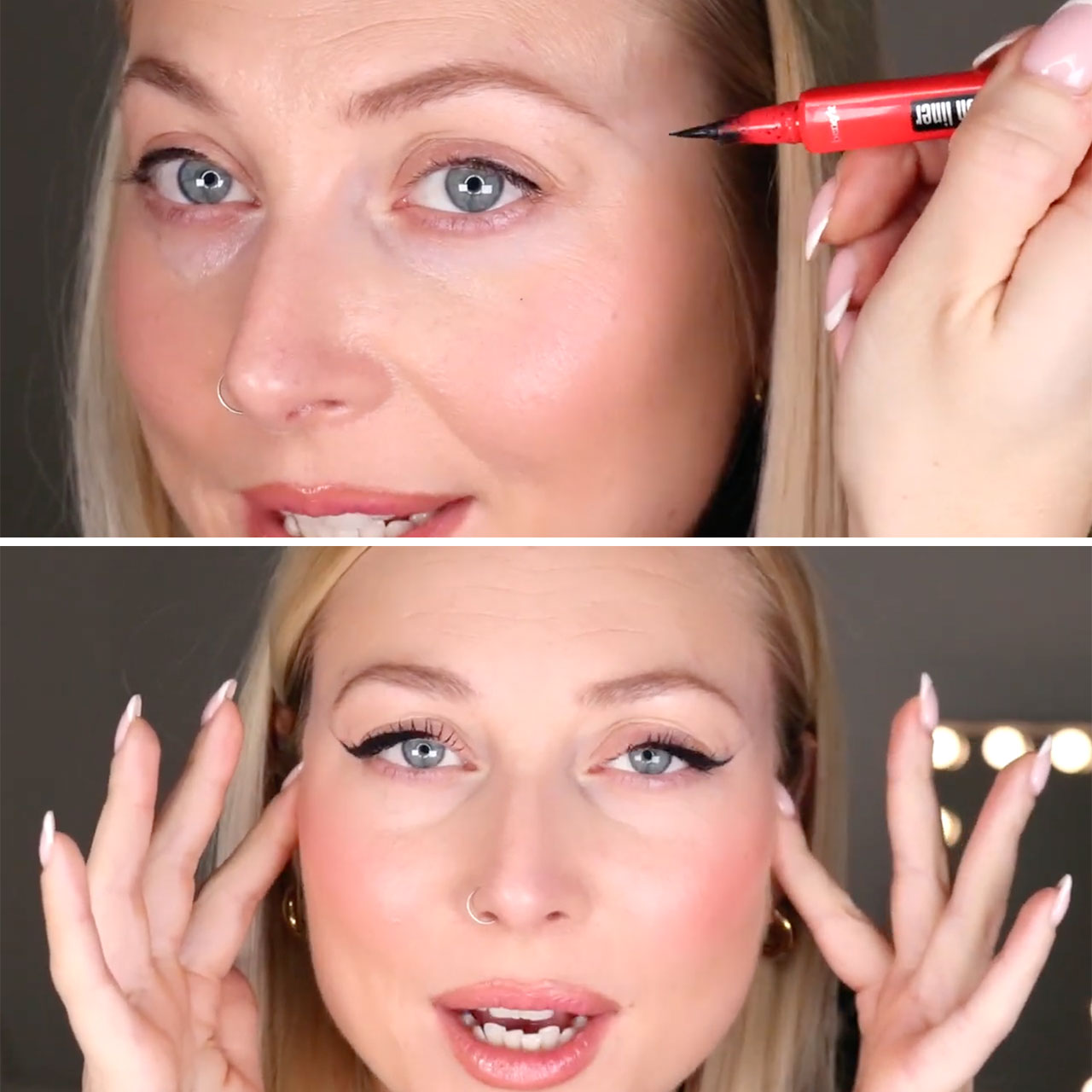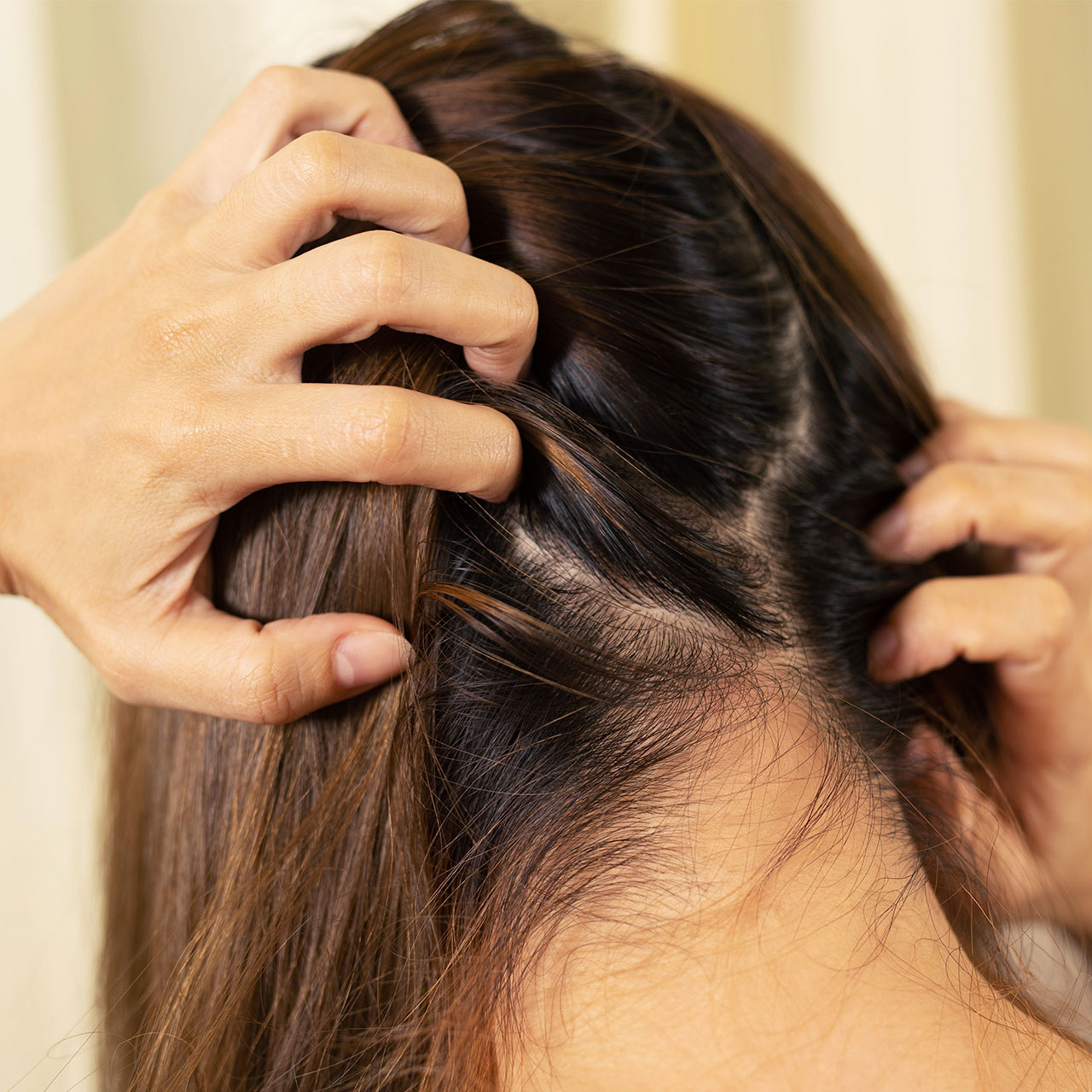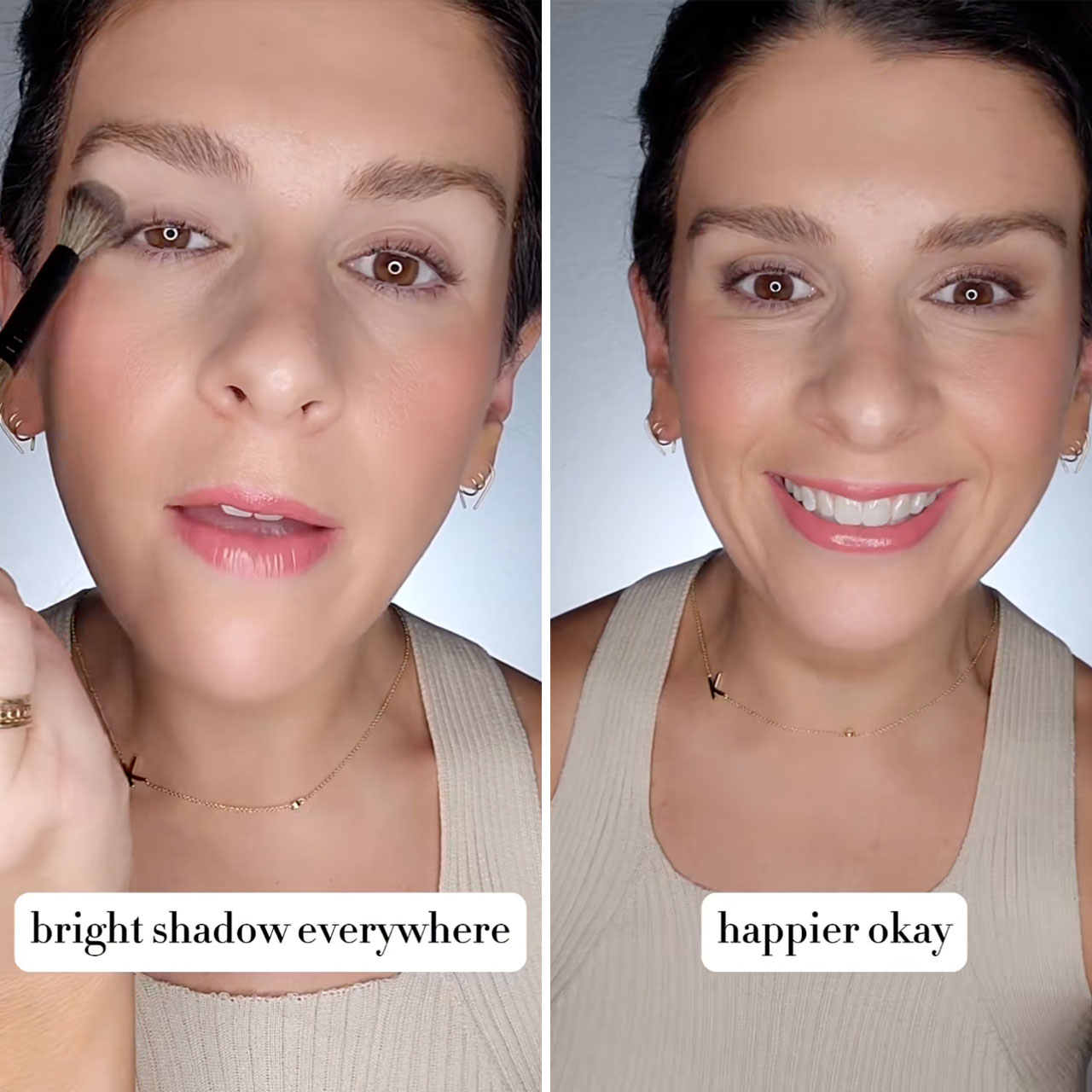Promises, promises — there is no lack of them when it comes to skincare. So many bottles and tubes on so many beauty counter shelves boast labels that shout the same vow (more or less): this is the miracle serum that “gets rid of wrinkles!”
But how realistic are these claims and what’s actually worth the money (and what isn’t)? Gaining more knowledge about the skin issues that bother you and that you want to address is your first step toward making informed decisions about what can really make a difference, and what is just lovely marketing speak. Crow’s feet, those irresistible fine lines and deeper wrinkles that pop up around the eyes at a certain age, are a common complaint — but what, exactly, causes them? And can you really get rid of them? We asked dermatologists if crow’s feet are permanent — here’s what they had to say.
What are crow’s feet?
Despite being given a funny name, crow’s feet is a pretty simple thing, Crow’s feet are the colloquial way to describe the lines around one’s eyes that develop with age and are visible when smiling, says Dr. Mary Alice Mina, a double-board certified dermatologist and dermatologic surgeon practicing at Baucom & Mina Derm Surgery, LLC in Atlanta, Georgia, who is also the host of THE SKIN REAL podcast, “While sometimes thought of as ‘happy lines’ they can be bothersome to people and give the skin an aged appearance and make the skin appear crepey,” Dr. Mina said. “Crow’s feet or the lines around the eyes are caused by contraction of the orbicularis oculi, which is the large muscle that encompasses the skin around the eye. It makes a circle that goes from under the brow to under the eye and around. Crow’s feet naturally occur with age as our bodies lose collagen and the skin thins. UV radiation from the sun as well as smoking can exacerbate the appearance of crow’s feet.”

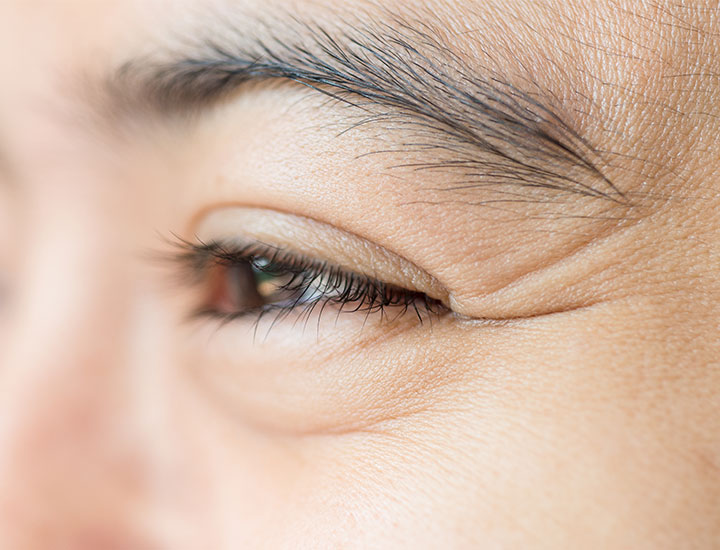
What causes crow’s feet?
A combination of factors can cause and contribute to crow’s feet (some within your control, some not). “A combination of early wrinkles brought on by smiling and squinting, as well as a lack of skin elasticity, is the main cause of crow's feet,” said Dr. Anna Chacon, dermatologist and writer at MyPsorasisTeam. “The flexibility of your skin declines with age, and the natural movements of your face cause the area around your eyes to wrinkle more noticeably.”
Lifestyle choices like smoking and sun bathing can also contribute to crow’s feet and other fine lines and wrinkles.
Are crow’s feet permanent?
Yes and no. Crow's feet can be treated with topical treatments, Botox injections, and chemical peels, Dr. Chacon says — but these are all methods that are temporary and will have to be repeated to enjoy their benefits. In other words: crow’s feet is permanent, but it can also be treated for temporary results that you may really come to love. “Regular moisturizing and cosmetic practices, such as utilizing silicone primer, avoiding thick concealer, and accentuating the lips rather than the eyes, can also help people seem younger,” Dr. Chacon said. “To decrease the development of crow's feet and other indications of aging, a person should apply sunscreen, quit smoking if applicable, and eat a balanced diet.”
If injectables aren’t your thing, April Harrison, a Dermatology Certified Physician Associate, recommends laser resurfacing, microneedling, and radiofrequency microneedling as great options to build collagen and smooth out lines and wrinkles. “Laser resurfacing like Fraxel is my go-to for crows feet,” Harrison said. “There is a few days of redness and swelling after the procedure but nothing compares to the smooth skin it produces.”
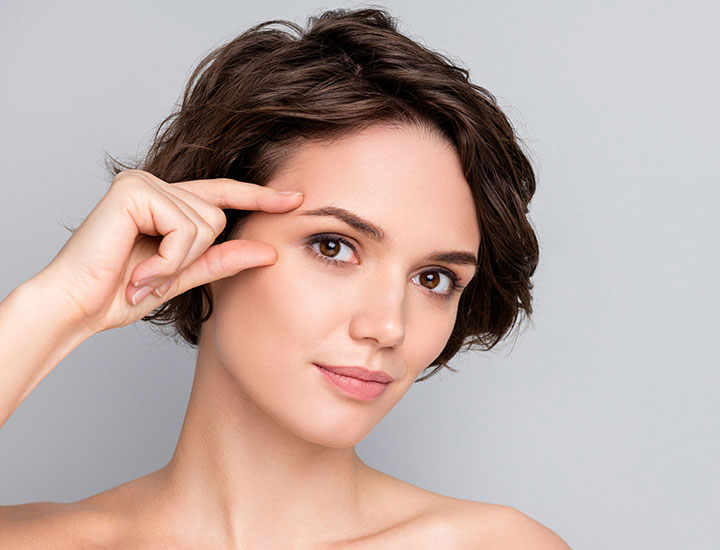
Topical treatments
It’s important to temper expectations when it comes to skincare outcomes. No at-home treatment is going to be as effective for targeting crow’s feet as an in-office procedure like Botox or Fraxel. But Dr. Chacon says these masks with natural ingredients can help:
Mask made with egg white
Magnesium, which is found in egg whites, is excellent for your health because it detoxifies and purifies the skin, according to Dr. Chacon. “The skin will be pulled together and seem smoother thanks to the egg white,” she added. “After the face mask has dried, add another layer. After applying the mask for 15 minutes, remove it with soap and water. A few times a week, you should go through this process again.”
Coconut oil — “Its high concentration of vitamin E and linoleic acid can aid in reattaching torn skin tissues,” Dr. Chacon said.
“By doing this, wrinkles and crow's feet will take longer to form. Apply a few drops of oil and gently massage it into the skin.”
Lemon Exfoliant — “Lemon juice, which is abundant in lemons and functions as an exfoliator to refresh your skin, is present in high concentrations,” Dr. Chacon said. “Lemon juice quickly eliminates dead skin cells and makes you seem younger.
Apply fresh lemon juice on your crow's feet, let it sit for ten minutes, then wash it off with cool water. This procedure may be repeated a few times each day.”
Your best first step, as always, is to visit a board-certified dermatologist to discuss your skin concerns and come up with a targeted plan that will work for you.












